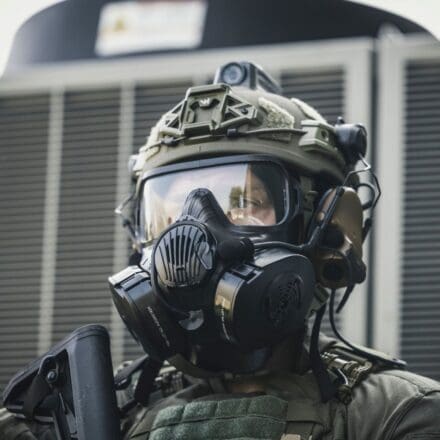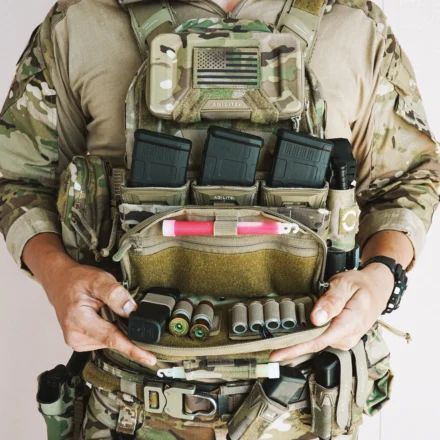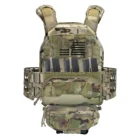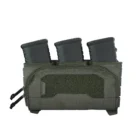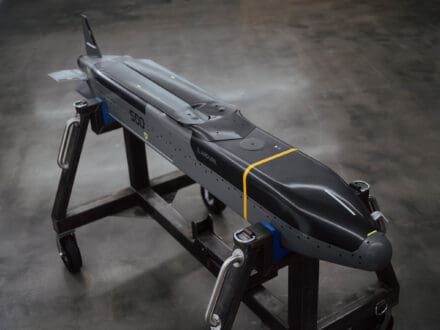Europe’s fuel supply is entering a new era: critical infrastructures are to be supplied with safe synthetic fuels in the future. INERATEC, a leader in synthetic fuel production, and Rheinmetall, a global technology leader in the defense sector, have signed a strategic partnership to deploy scalable Power-to-Liquid (PtL) solutions across defense and critical infrastructure sectors. This collaboration marks a milestone in building resilient energy systems that operate independently from fossil fuel supply chains and vulnerable infrastructure.

Europe needs secure fuel supply
Modern defense strategies depend not only on technology and logistics but also on energy resilience. As fossil fuel supply chains become increasingly vulnerable in case of conflicts, the ability to produce carbon-neutral synthetic fuels on-site becomes essential. Hospitals, critical infrastructure, and armed forces alike require a stable, independent, and clean fuel supply – in peacetime and during crisis.
The Giga PtX solution delivers secure, redundant and consistent access to high-quality fuel, independent of geopolitical dynamics. Giga PtX lays the groundwork for establishing a sustainable carbon-neutral fuel network all applications that are currently depending on fossil fuels.
Fuel is an everyday essential. In military operations, fuel consumption can reach 20 to 60 liters per soldier per day. Yet fossil fuel logistics, designed for peacetime, are increasingly fragile. Synthetic e-Fuels are the only scalable solution that match the energy density, storability, and versatility of conventional fuels – making them indispensable for modern defense readiness.
“INERATEC makes an important contribution to resilience – and the defense sector is a powerful catalyst to scale resilient, clean technologies,” said Maximilian Backhaus, Chief Commercial Officer at INERATEC. “This partnership proves that energy resilience and defossilization go hand in hand. By delivering scalable Power-to-Liquid solutions for systemically important operations, we demonstrate how European climate tech can play a pioneering role – not only ecologically, but strategically.”
“e-Fuels are more than a technological solution – they are a strategic necessity. With Giga PtX, we are creating a scalable network that strengthens energy autonomy for Europe’s defense forces,” said Shena Britzen, Head of Hydrogen Program at Rheinmetall. “What matters is not just energy security, but the ability to act independently – in logistics, in operations, and in times of crisis.”
With this partnership, INERATEC and Rheinmetall are sending a clear message: Fossil fuel supply chains function in peacetime, but security requires resilience. Giga PtX will demonstrate how synthetic fuels is set to become a cornerstone of energy sovereignty.
By providing access to INERATEC’s PtL systems through the current fuel logistic infostructure, militaries can decarbonize this critical sector with no changes to current vehicle technologies while increasing their flexibility in logistics.



